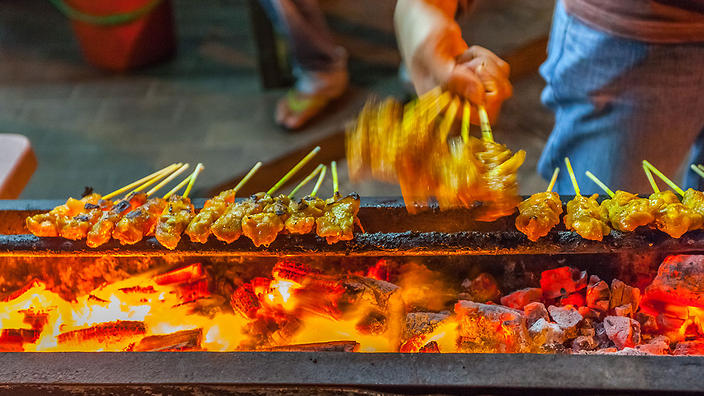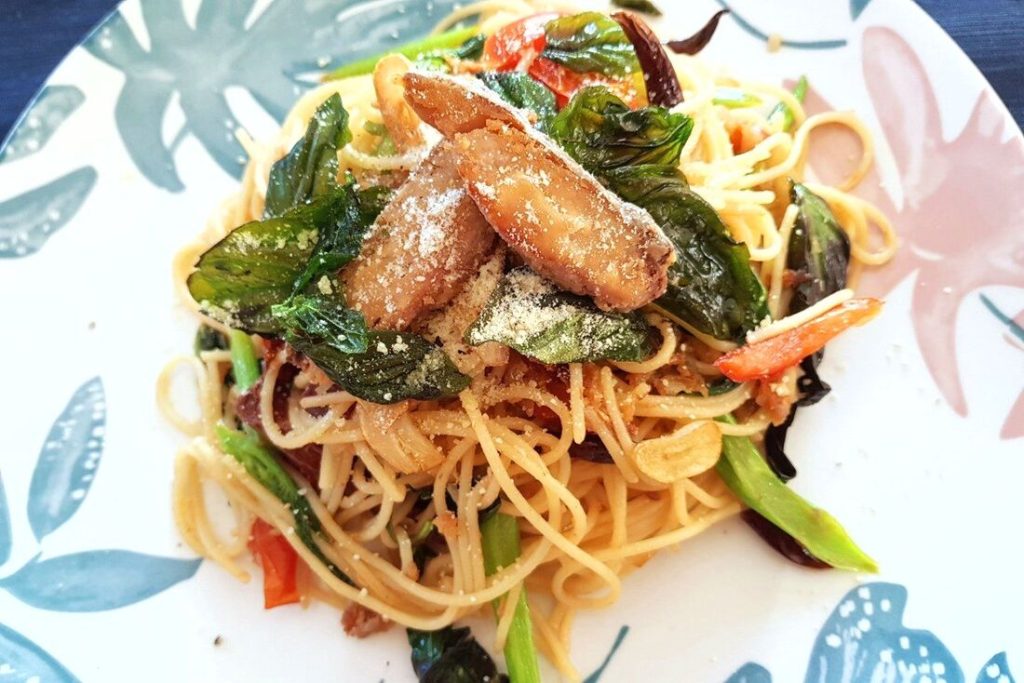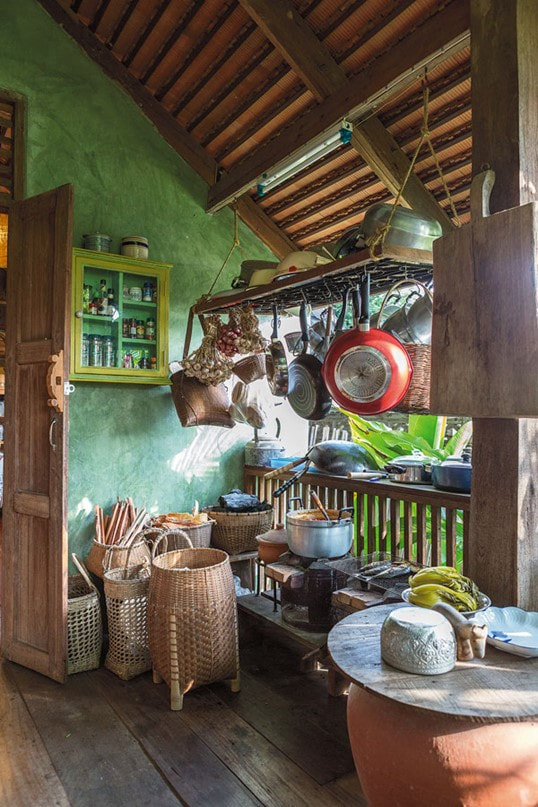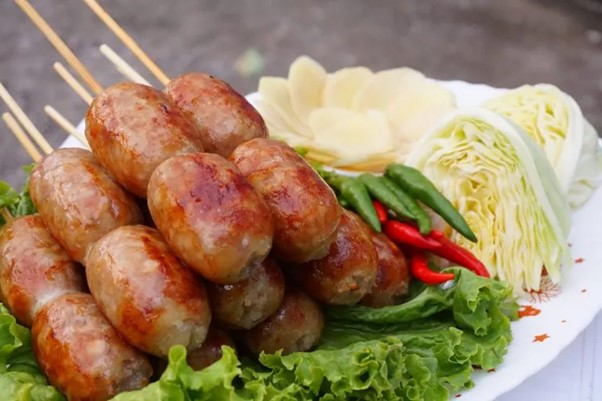The texture of cooked rice is entirely dependent on two types of starches: amylose and amylopectin (Sanjiva Rao et al., 1952).
It is the ratio of these starches within the rice grain (dependent on the rice genotype) that determines whether rice will be fluffy, creamy or sticky.
Amylose

Amylose is a long, straight starch molecule. Grains with high amounts of amylose will be fully and separated once cooked. A great majority of rices from Vietnam, Thailand and Myanmar have high amylose content (~22%) and low amounts of amylopectin (eg. long grain, Basmati). These rices show high volume expansion and also flakiness. They cook dry, are less tender and become firm upon cooling.
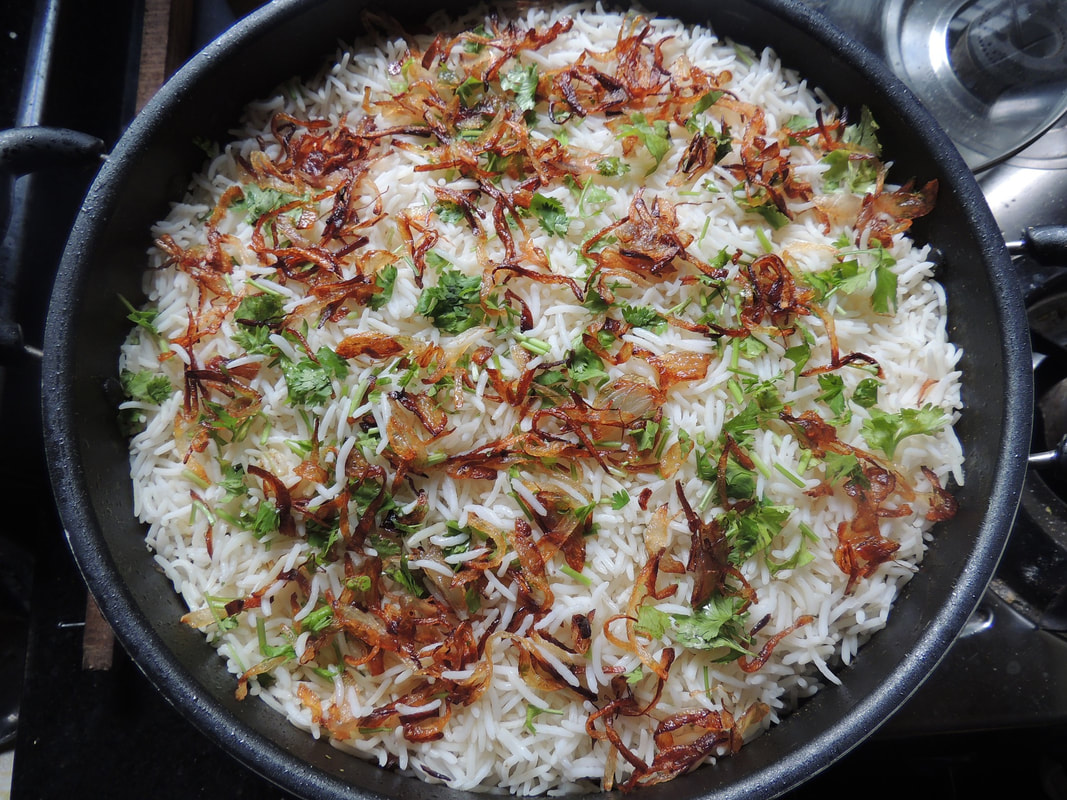
Basmati rice has a high amylose and low amylopectin content. It’s texture is firm and dry
Amylopectin

Amylopectin is a highly branched starch molecule that is responsible for making rice sticky. A key characteristic is the capability of amylopectin to gelatinise and rice with a high amount of amylopectin will be very sticky once cooked. Short grain rice typically contains the lowest levels of amylose and the highest of amylopectin (eg, short grain, glutinous rice).
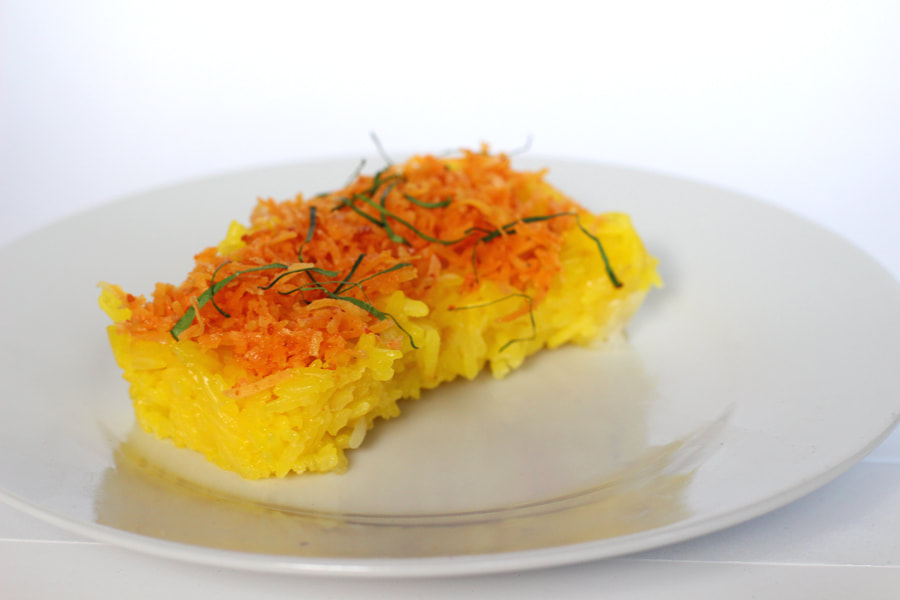
Thai Glutinous Rice has a high amylopectin content which causes its sticky quality
The characteristics of some medium grain rice tend to fall somewhere in between. They typically contain about 15-17% amylose and a good amount of amylopectin which results in a creamy consistency (eg. Arborio).
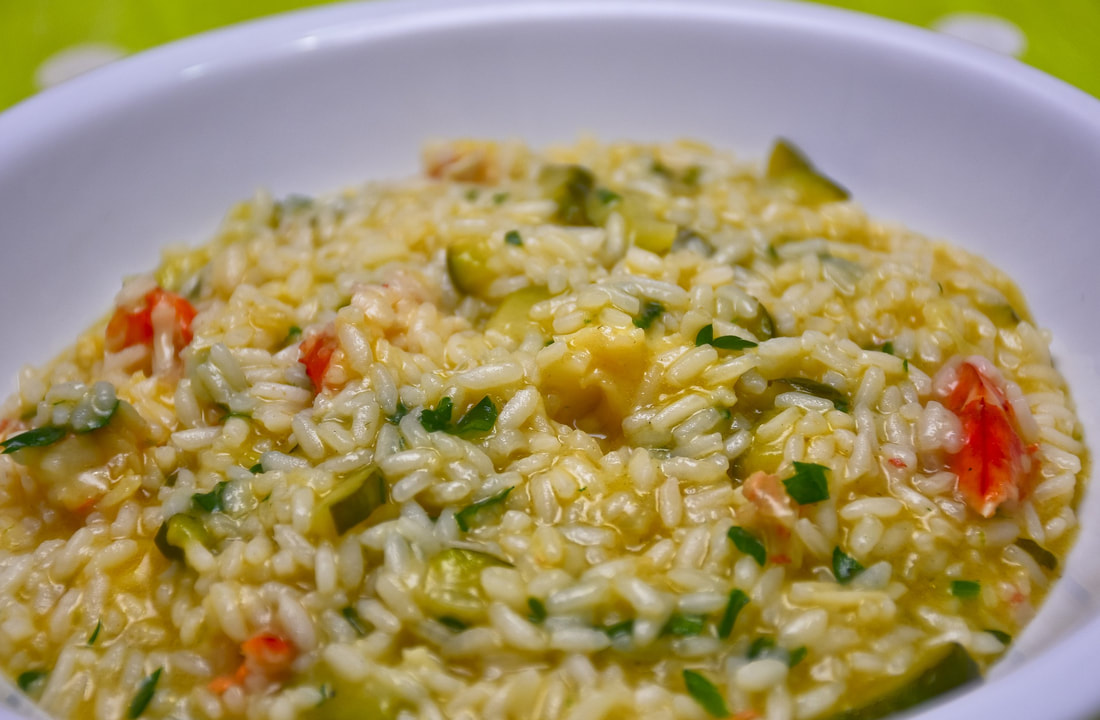
Arborio rice has a moderate amylose and amylopectin content. This allows its creamy consistency


